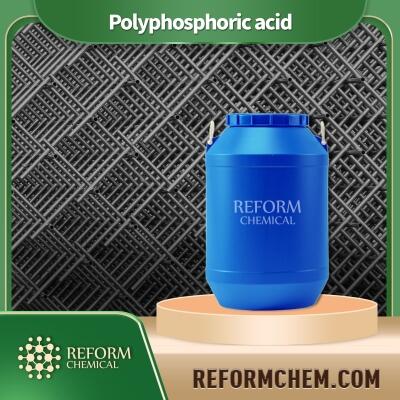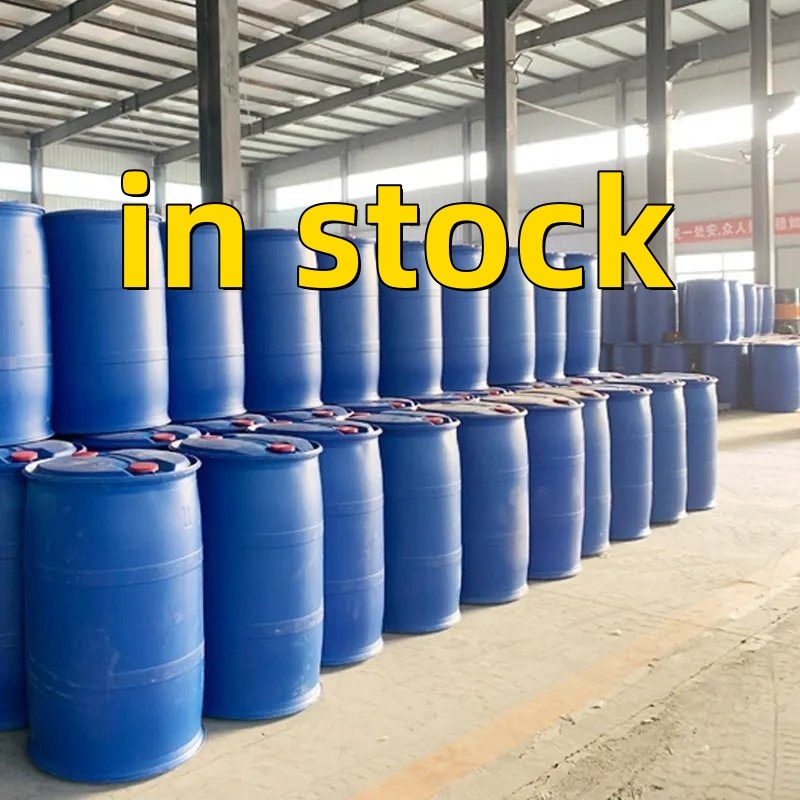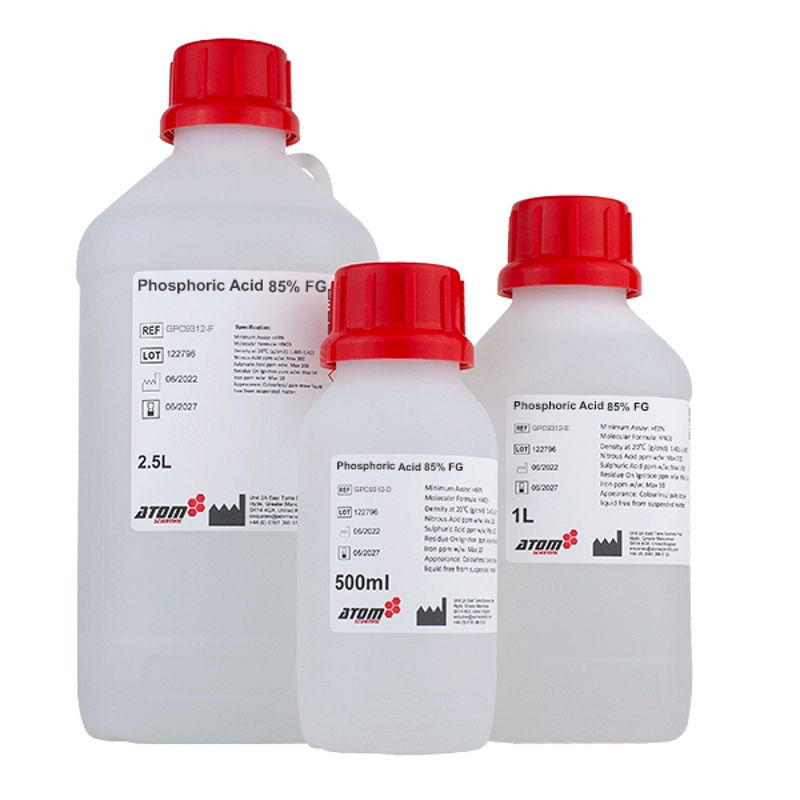-
Categories
-
Pharmaceutical Intermediates
-
Active Pharmaceutical Ingredients
-
Food Additives
- Industrial Coatings
- Agrochemicals
- Dyes and Pigments
- Surfactant
- Flavors and Fragrances
- Chemical Reagents
- Catalyst and Auxiliary
- Natural Products
- Inorganic Chemistry
-
Organic Chemistry
-
Biochemical Engineering
- Analytical Chemistry
-
Cosmetic Ingredient
- Water Treatment Chemical
-
Pharmaceutical Intermediates
Promotion
ECHEMI Mall
Wholesale
Weekly Price
Exhibition
News
-
Trade Service
Propanoic acid, zirconium salt (also known as Zirconium propionate) is a chemical compound that is commonly used as a catalyst in various chemical reactions.
The production process of this compound involves several steps, which are carefully designed to ensure that the final product is of the highest quality and purity.
In this article, we will take a closer look at the production process of Propanoic acid, zirconium salt, starting from the raw materials and ending with the final product.
Raw Materials
The production of Propanoic acid, zirconium salt begins with the selection of high-quality raw materials.
The primary raw material used in the production of this compound is propanoic acid, which is derived from petroleum or natural gas.
Zirconium oxide is another important raw material that is used to make zirconium propionate.
This material is typically obtained by the process of hydrolosis, which involves the hydrolysis of zirconium tetrachloride in a solution of sodium hydroxide.
Synthesis
The first step in the production of Propanoic acid, zirconium salt is the synthesis of the zirconium salt.
This is typically done by reacting zirconium oxide with propanoic acid in the presence of a solvent, such as ethanol or water.
The reaction is carefully controlled to ensure that the pH level and the temperature are optimal for the formation of the zirconium propionate.
The resulting product is then filtered and washed to remove any impurities.
Crystallization
After the synthesis step, the zirconium propionate is allowed to crystallize.
This process involves allowing the mixture to cool slowly, which causes the crystals to form and settle to the bottom of the container.
The crystals are then collected and washed to remove any impurities.
Recrystallization
The crystals produced in the crystallization step are typically not pure enough for use as a catalyst.
To achieve the required level of purity, the crystals are subjected to a process called recrystallization.
This involves dissolving the crystals in a solvent, such as ethanol or acetone, and then allowing the solution to cool slowly.
The pure crystals form and settle to the bottom of the container, while the impurities remain in the solution.
The pure crystals are then collected and washed to remove any remaining impurities.
Purification
The final step in the production of Propanoic acid, zirconium salt is the purification of the crystals.
This is typically done by dissolving the crystals in a solvent, such as dichloromethane or hexane, and then filtering the solution to remove any impurities.
The purified crystals are then washed with water to remove any remaining impurities.
Conclusion
The production process of Propanoic acid, zirconium salt involves several steps, each of which is carefully designed to ensure that the final product is of the highest quality and purity.
The process begins with the selection of high-quality raw materials and ends with the purification of the crystals.
The end product is a highly effective catalyst that is used in a variety of chemical reactions.
The importance of this compound in the chemical industry makes it a valuable and sought-after material.







